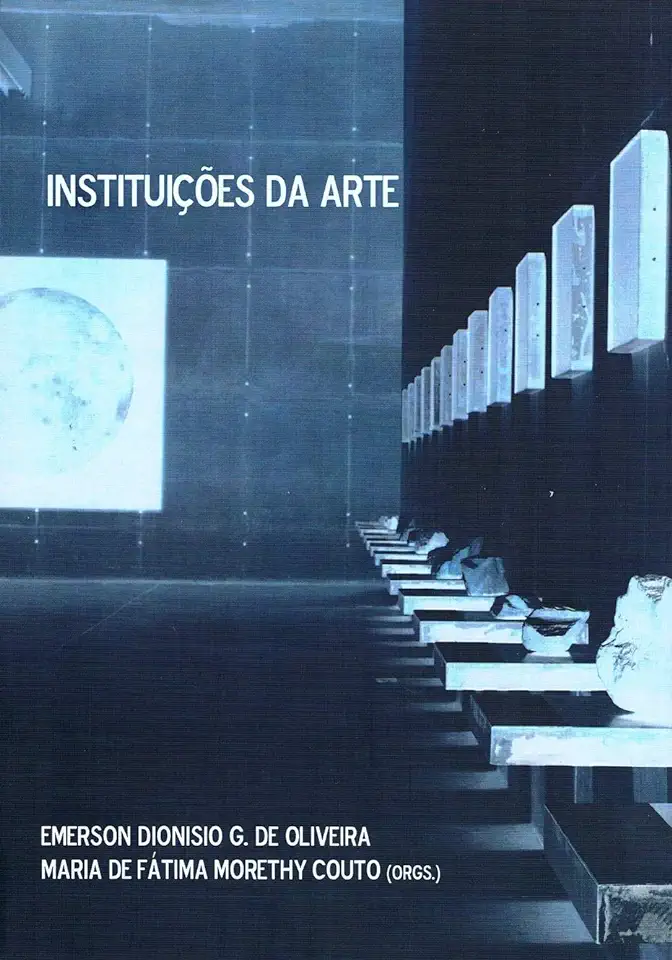
Art Institutions - Emerson Dionisio G. de Oliveira
Art Institutions: A Critical Perspective
In "Art Institutions," Emerson Dionisio G. de Oliveira offers a comprehensive and critical examination of the role of art institutions in shaping the production, dissemination, and reception of art. Drawing on a wide range of theoretical perspectives, Oliveira argues that art institutions are not neutral spaces, but rather are embedded in social, political, and economic structures that shape the way art is created, exhibited, and consumed.
The Social Function of Art Institutions
Oliveira begins by exploring the social function of art institutions. He argues that art institutions play a crucial role in defining what is considered art, who is recognized as an artist, and how art is valued. By controlling access to resources and opportunities, art institutions have a significant impact on the careers of artists and the development of artistic movements.
The Politics of Art Institutions
Oliveira also examines the political role of art institutions. He argues that art institutions are often used to promote particular ideologies or agendas, and that they can be instrumental in shaping public opinion and social policy. For example, art institutions have been used to promote nationalism, colonialism, and capitalism, and to suppress dissent and alternative viewpoints.
The Economics of Art Institutions
Oliveira also explores the economic role of art institutions. He argues that art institutions are not simply cultural institutions, but are also economic enterprises that generate revenue and contribute to the local economy. However, Oliveira also points out that the commercialization of art can lead to the commodification of art and the exploitation of artists.
The Future of Art Institutions
In the final chapter of the book, Oliveira considers the future of art institutions. He argues that art institutions need to adapt to the changing landscape of the art world, and that they need to become more inclusive and democratic. Oliveira also calls for a greater emphasis on public funding for the arts, and for the development of alternative art institutions that are not beholden to commercial interests.
Conclusion
"Art Institutions" is a thought-provoking and insightful book that offers a critical perspective on the role of art institutions in society. Oliveira's analysis is well-researched and well-argued, and he provides a wealth of evidence to support his claims. This book is essential reading for anyone interested in the sociology of art, cultural studies, or the politics of culture.
Why You Should Read This Book
If you are interested in the role of art institutions in society, then "Art Institutions" is a must-read. Oliveira's book provides a comprehensive and critical analysis of the social, political, and economic functions of art institutions. He argues that art institutions are not neutral spaces, but rather are embedded in social, political, and economic structures that shape the way art is created, exhibited, and consumed. Oliveira's book is essential reading for anyone interested in the sociology of art, cultural studies, or the politics of culture.
Order Your Copy Today!
"Art Institutions" is available now from all major book retailers. Order your copy today and start learning about the critical role of art institutions in society.